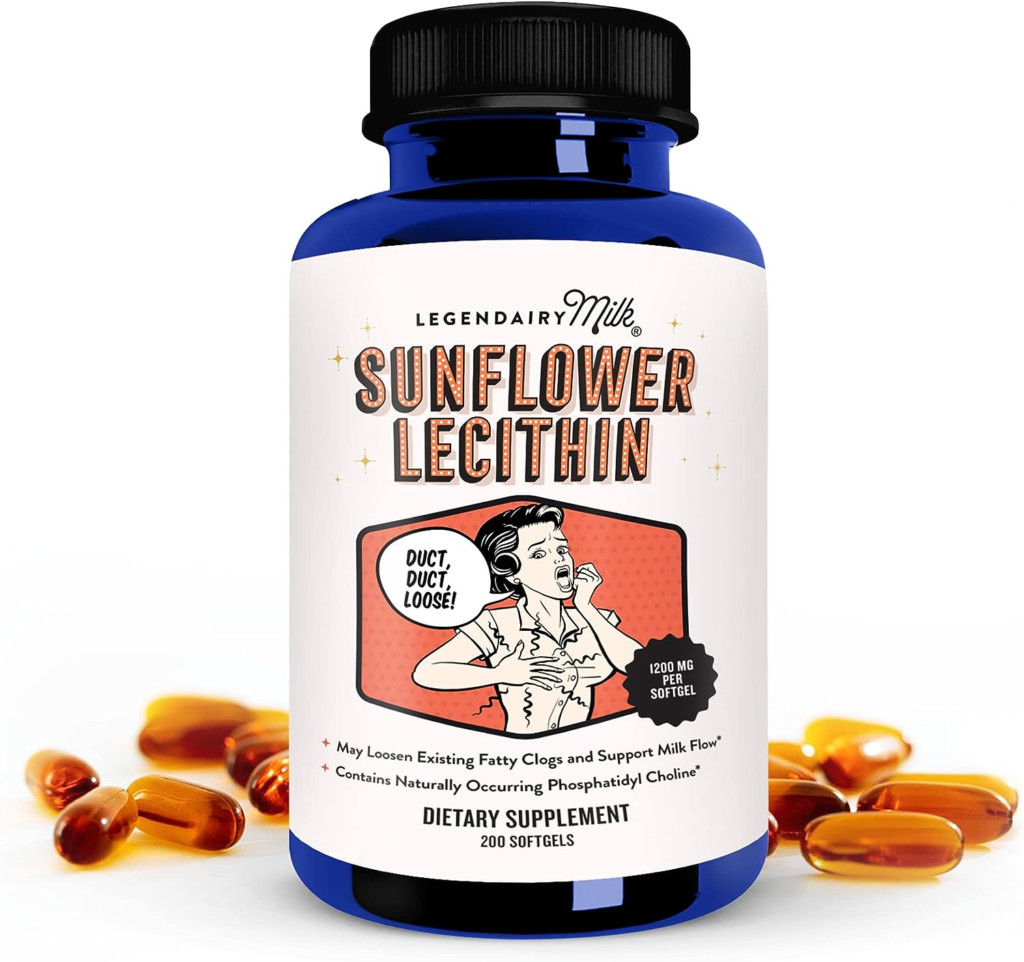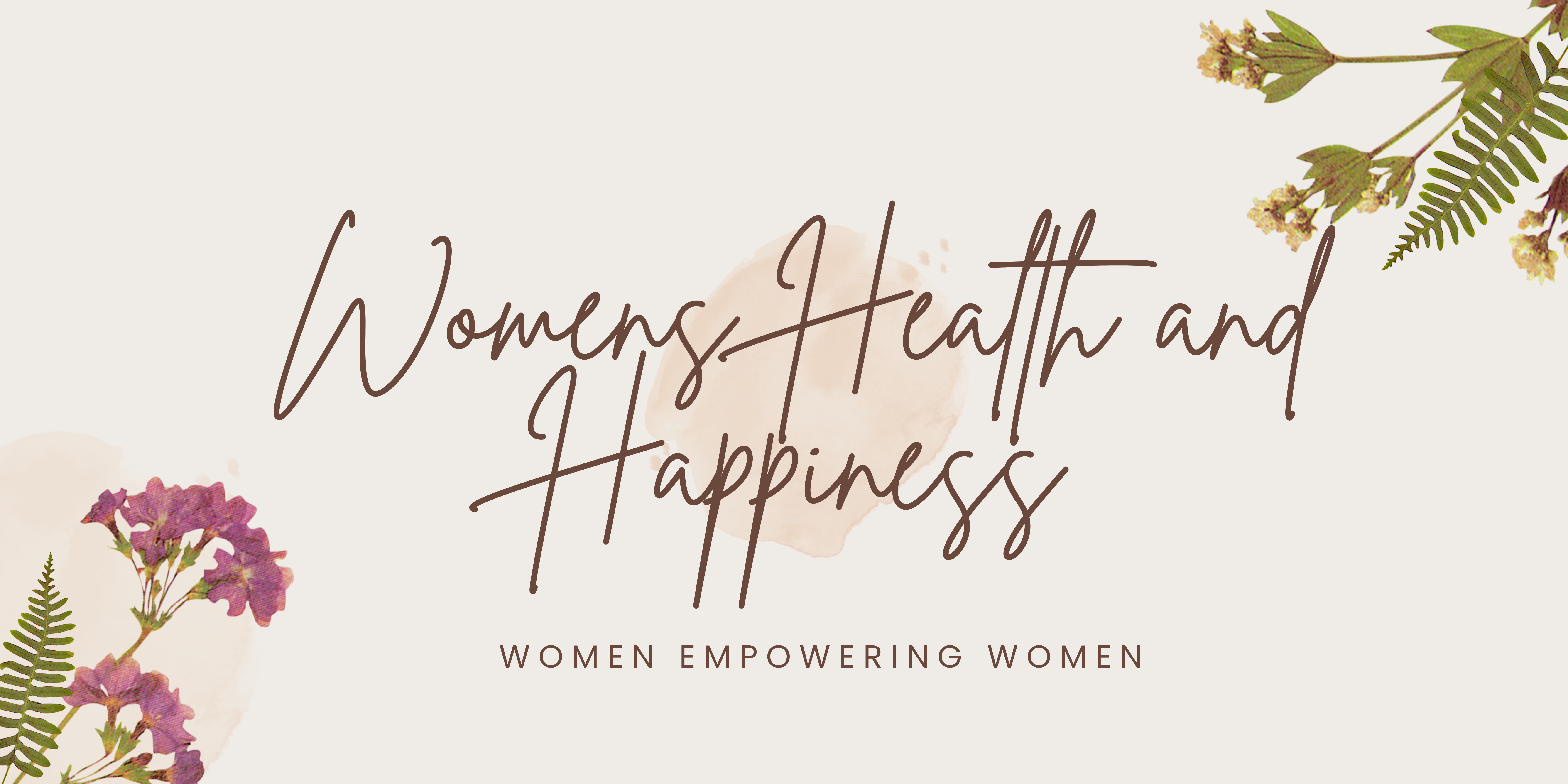3 Best Natural Remedies for Conquering Mastitis

This post may contain affiliate links which means I may receive a commission for purchases made through links. I will only recommend products that I have personally used! Learn more on my Private Policy page.
Hey there, fellow moms! If you’ve found yourself facing the uncomfortable and often painful challenge of mastitis, you’re not alone. Mastitis is a common issue that many breastfeeding mothers encounter, with some moms getting recurrent mastitis infections. But fear not! I’m here to share three of the best natural remedies that can help you kick mastitis to the curb and get back to enjoying those precious moments with your little one.
Here are some additional posts for the breastfeeding mama:
How to Choose the Perfect Nursing Bra
Breastfeeding Basics: 15 Tips for New Breastfeeding Moms
Understanding Mastitis
First things first, let’s shed some light on what mastitis is. Mastitis is the inflammation of breast tissue, usually caused by a blocked milk duct. This inflammation can lead to pain, swelling, redness, and even flu-like symptoms such as fever and fatigue. It’s crucial to recognize the signs early on to address them promptly. Mastitis can often develop quickly, often after baby has had poor or infrequent feedings, which often will lead to a blocked milk duct, and then mastitis.
Symptoms of Mastitis:
- Breast pain or tenderness
- Redness and warmth in the affected area
- Swelling and a hard lump or wedge-shaped area
- Flu-like symptoms, including fever and fatigue
- Breastfeeding difficulties due to pain
Causes of Mastitis:
- Milk duct blockage
- Infrequent or irregular breastfeeding or pumping
- Poor latch or positioning during breastfeeding
- Cracked or damaged nipples
- Stress and fatigue
Now that we understand mastitis a little bit better, here are a few natural remedies to try before resorting to an antibiotic. Again, catching mastitis early is key, and these remedies will help resolve the pain and symptoms often before antibiotic care is necessary.
1. Warm Compresses and Massage
One of the most effective and soothing remedies for mastitis is a warm compress. This simple yet powerful technique can help alleviate pain and promote milk flow by relaxing the muscles and opening up blocked ducts. Warm compresses in combination with massage can break up the block, allowing the milk to flow free once again before turning into infection.
How to Use Warm Compresses:
- Soak a clean cloth in warm water.
- Gently apply the warm compress to the affected breast for 15-20 minutes.
- Repeat this process several times a day, especially before breastfeeding.
2. Continued Feedings: Nurse Away the Pain

Believe it or not, one of the best ways to combat mastitis is through continued feedings. Emptying your breast regularly helps prevent the accumulation of milk in the ducts, reducing the risk of inflammation. Many women have concerns with this, thinking the milk itself is infected, thus not safe for baby. This is not the case. The best remedy is to continue feeding, as the suction will dislodge the blockage or clot.
Tips for Continued Feedings:
- Ensure your baby has a proper latch.
- Breastfeed on demand, aiming for at least 8-10 feedings per day.
- Try different breastfeeding positions to ensure optimal drainage.
- Try warm compress and massage before nursing to get maximum benefit.
3. Sunflower Lecithin: Nature’s Unblocker

Sunflower lecithin is a natural supplement that can work wonders in preventing and treating mastitis. This fatty substance helps to break down the fats in breast milk, preventing clogs in the milk ducts. It can cause the milk to be slightly thinner, so I recommend only using it during episodes of blockage. Some women are prone to blockage, and may consider using sunflower lecithin regularly.
How to Use Sunflower Lecithin:
- Take a sunflower lecithin supplement as recommended by your healthcare provider.
- Stay hydrated to enhance the effectiveness of the supplement.
Conclusion: Embrace Natural Relief
Mastitis may be a common breastfeeding challenge, but with these natural remedies, you can empower yourself to overcome it and continue providing the best for your little one. It is possible that despite your best efforts you may require treatment with an antibiotic. Remember to listen to your body, and seek support from healthcare professionals when necessary.
Here’s to happy, pain-free breastfeeding! You’ve got this mama!



